#nexosound
#nexolife
Part I
If you read the small print in a NEXO brochure, you’ll find reference to the many patents held by the company, which have given our loudspeakers their distinctive performance characteristics over several generations of product. The backstory of NEXO’s Hyperbolic Reflector Waveguide ® reveals the fact that one of the company’s best-selling products was created almost by accident!
NEXO launched its famous Alpha Series in 1998. As it was one of the last high Q point source systems to come to the market, NEXO was able to leapfrog the performance benchmarks set by other manufacturers. Of course, at this time, the V-DOSC system from L-Acoustics was also getting a lot of attention, so, although Alpha was enjoying great success around the world, NEXO’s principal design engineers Eric Vincenot and François Deffarges were soon under pressure to develop a line array.
“We had to be creative,” explains François Deffarges, Director of Engineering Support at NEXO. “There was only one waveguide patent in place, which was for the L-Acoustics’ V-DOSC. Eric would not go to the market without having our own solution, one which would enable us to design a proper line array that would go all the way to 20 kHz. That is what the market expected; we could not compromise on this point, and the manufacturers that did so had very little success.
“I remember our whiteboard in the R&D office: on one side, there was a circle (the exit of a HF driver) and on the other side was a rectangle, which is what we wanted to achieve. And in the middle was a question mark – how do we do that without breaching the only patent on that topic. First we had the idea of using a parabolic reflector that could do flat wavefronts, and then a hyperbolic reflector that would allow slightly curved, eventually highly curved wavefronts. We tested, prototyped and validated, until we were ready to file our patent in September 2000.”

Conventional loudspeakers cannot be coupled in the high frequency range unless they generate a continuous wavefront along the height or the width of the enclosure. NEXO’s HRW waveguide converts the spherical wave front generated by a high-frequency compression driver into a flat or convex wavefront by means of an acoustic reflector. It allows speaker cabinet acoustical coupling without interference up to 20kHz, with inter-cabinet angle sequences ranging from 0° to 30° or more. (If you want to take a deep dive into this subject, this is an excellent article http://digico.com.au/filter/11/09.shtml)
“I remember going to a restaurant with Eric, he was almost jumping on the table because he realised we had something special! But we knew, despite the pressure, that we should not apply it to high-end systems – there were many competitors fighting for that part of the touring market – so we went in the opposite direction. “
The NEXO team decided to take the smallest cabinet in the NEXO catalogue at that time, the PS8, and to develop a line array out of the format. Launched in 2001, this became the smallest line array system to come onto the market, the GEO S8.

“We faced challenges, not with the acoustic design of the box itself but with the rigging system, and also because we did not know what our box could actually do! We had no experience when we launched the system. People came to us asking, “can I do a rock show with this? What can I do with it?”, and it was difficult to answer them. Very quickly, we found out that an S8 cluster could throw all the way to 100m with no problem, and it could address everything that did not require high SPL or lots of low frequency.”
That turned out to be a long list; classical music concerts for up to 20,000 people, jazz concerts, corporate events, political meetings and conferences, TV shows. The benefits of the unique design came as a revelation to many users. The compact size of the system offered great savings in terms of transportation. Customers loved its flexibility, both in terms of the configurability of the system and in the application range, which turned out to be even wider than NEXO had first imagined. In its lifetime, the GEO S8 became one of the top-selling line arrays in the world, over 40,000 cabinets. “Nobody asked for it, but it was inventive, creative and it went on to become a veritable weapon for the rental companies that bought it.”
“Having superior computer modelling power and 3D printers now allows us to fast-prototype different iterations, always staying within the patent,” says François.
And so, the HRW has evolved steadily over the last twenty years, applied at the heart of NEXO’s different line array systems including the GEO S12, GEO M6, GEO M10, GEO M12, STM M46 and M28 modules.















































